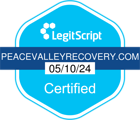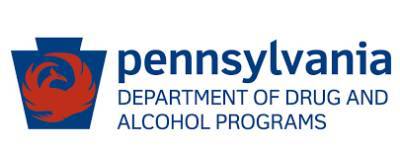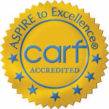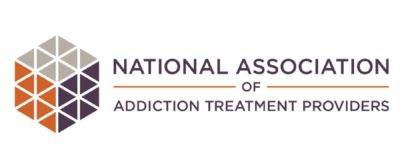Youth Drinking in Pennsylvania
![]() | 4.9 Google Reviews
| 4.9 Google Reviews
![]() | 4.9 Google Reviews
| 4.9 Google Reviews
Peace Valley Recovery is located in Bucks County, Pennsylvania. Our mission is to provide patient-centered care that focuses on healing and recovery from addiction. This blog provides information, news, and uplifting content to help people in their recovery journey.
Authored by Chris Schumacher, | Medically Reviewed by Peace Valley Recovery Editorial Staff,
Last Updated: June 14, 2024
A recent study about youth drinking in Pennsylvania is likely to make you feel more nauseous than a few drinks would. According to the Pennsylvania State Police Bureau of Liquor Control Enforcement, 58 percent of underage buyers were carded for alcohol and still served. It’s quite disturbing and could be correlated with the number of alcohol-related crashes rising to 9,220 in 2021 from 7,700 in 2020. The same state data showed that 4.2 million 12-to-20-year-olds reported binge drinking at least once in the past month, which is defined as consuming five or more drinks on an occasion for men, or four or more drinks on an occasion for women.
As a parent in Pennsylvania, this report should concern you, considering alcohol is the most widely used substance among youth nationwide. Underage alcohol consumption leads to thousands of deaths annually due to violence, motor vehicle crashes, suicide, and alcohol poisoning, to name a few. Underage drinking can also cause long-term cognitive impairment and decreased academic performance, as well as an enhanced risk of becoming an alcoholic as an adult.
What’s Causing the Increase in Underage Drinking in Pennsylvania?
According to the state report mentioned above, there are three factors contributing to this concerning increase – first is the rise of alcopops, which are sweetened alcoholic beverages meant to taste like pop, cola, punch, or lemonade, and have between four to eight percent or more alcohol by volume (ABV). These have little to no alcoholic taste and are advertised to young, inexperienced drinkers. These are often dangerous in excessive doses.
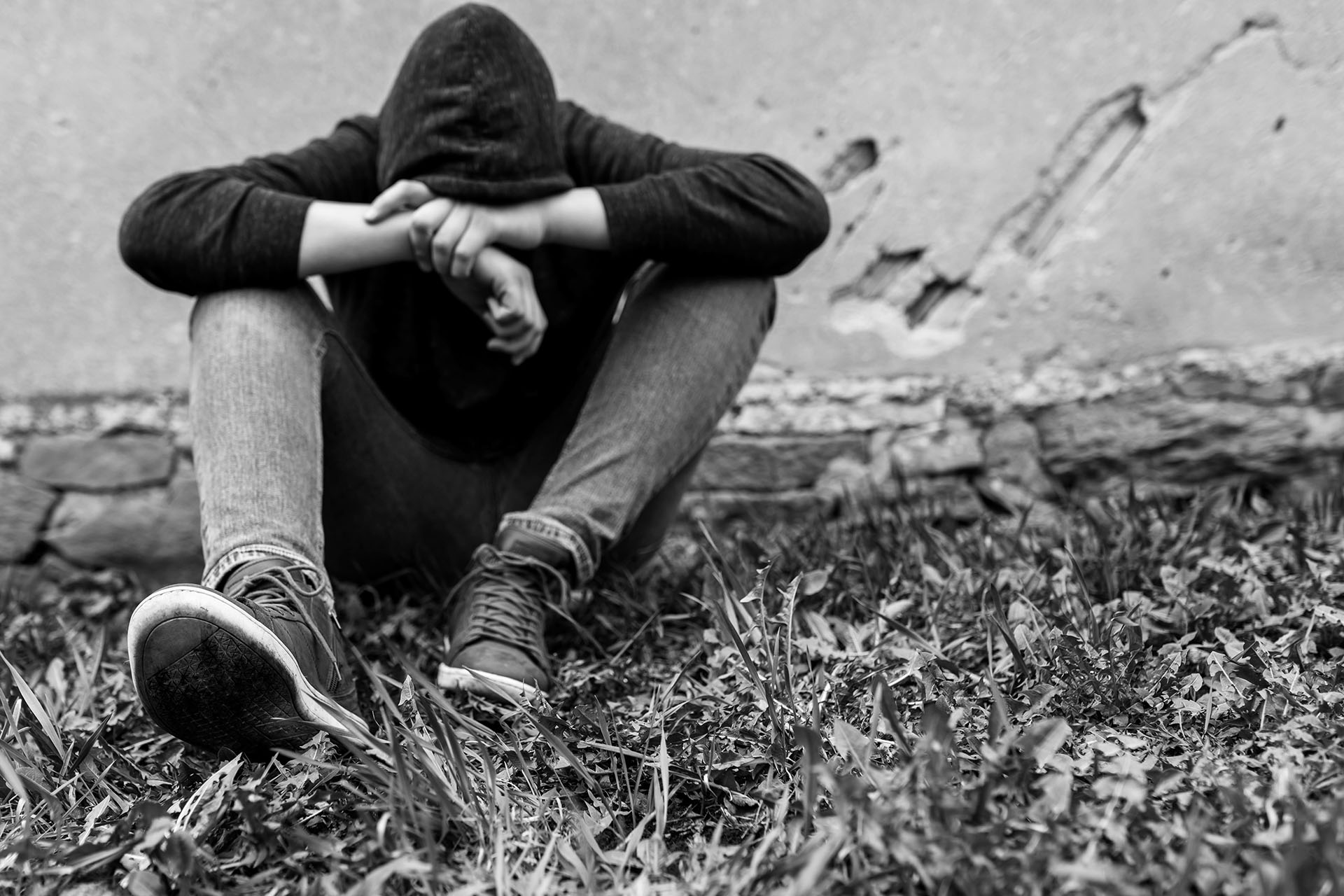
The next factor is a new trend called BORG – an acronym for “blackout rage gallon” – which has become popular among college students. They learn about this and the recipe through social media. These gallon jugs mostly commonly contain vodka, caffeinated flavor packets, and powdered electrolytes. The alcohol content is said to be as high as 42 drinks! And the caffeine puts drinkers at an elevated risk of alcohol poisoning. It’s incredibly dangerous, especially since you don’t know how much you’re consuming.
The last trend is the prevalence of craft beers and the popularization of alcoholic slushies. There have also been reports of young adults inhaling alcohol vapor. This can replicate binge drinking and can cause alcohol poisoning. It should go without saying, but this is extremely dangerous and not something you should try at home.
What are The Dangers of Youth Drinking?
Underage drinking is a public health concern in Pennsylvania and throughout the United States. As was mentioned above, alcohol is the most widely used substance among our youth and can lead to significant health and safety risks. The consequences of underage drinking can affect everyone, no matter their age or drinking status. Either directly or indirectly, everyone endures the effects of property damage, aggressive behavior, injuries, violence, or death that stem from underage drinking. It’s not a problem for some families – it’s a nationwide problem.
Let’s delve into some of the dangers of youth drinking and how it can impact them in the long-term.
Health Risks
Since their young bodies and minds are still growing, excessive alcohol consumption can interfere with their development, which makes them particularly vulnerable to the long-term damage of alcohol. Such damage includes the following:
- Cancer of the throat and mouth
- Mental and sexual health problems, including depression or suicidal ideation
- Liver cirrhosis and heart disease
Drinking alcohol at any age can cause lasting damage to the brain, but alcohol in the adolescent brain can harm its development. It’s common for someone young to think they’re invincible, but that’s not the case. They believe that any damage they sustain will be so far in the future that it’s not worth worrying about now, but there has been a significant increase in the number of people dying in their twenties from liver disease caused by heaving drinking in their teens.
Risky Behavior
Alcohol consumption lowers our inhibitions and makes us more likely to do things we wouldn’t normally do. This also occurs in the young population. They’re even more at risk because of the stage they’re at in their lives, and they’re still testing the boundaries of what is considered acceptable behavior. Approximately half of all sexual assaults are associated with either the perpetrator’s alcohol consumption, the victim’s alcohol consumption, or both. A staggering one in five girls and one in ten boys between the ages of 14 to 15 went further than they wanted to in a sexual experience after drinking alcohol.
Criminal Behavior
Young people who drink, even on occasion, are more likely to commit criminal offenses compared to those who don’t. A staggering one-third of teenagers who drink alcohol weekly have committed violent offenses like assault or robbery.
Unsafe Sex and Unwanted Pregnancy
As was mentioned above, teen alcohol consumption can lead to risky behavior, such as unprotected sex with strangers, which can lead to sexually transmitted diseases (STDs). However, another risk is that young people are more likely to be reckless and not use contraceptives when having sex, leading to an unwanted pregnancy. Girls who drink alcohol are more likely to have an unwanted pregnancy than girls who do not drink.
What’s Being Done About Youth Drinking in Pennsylvania?
In Pennsylvania, a comprehensive approach is being taken to address youth drinking, recognizing the profound impact it has on young lives and communities. One of the key strategies involves integrating education about the effects of alcohol into school curricula. This initiative is designed not only to inform students about the dangers of alcohol consumption but also to foster a deeper understanding of the long-term consequences it can have on their health, well-being, and future opportunities.

Educational programs in schools across Pennsylvania are now focusing on a multi-faceted approach to alcohol education. These programs are more than just a series of lectures; they incorporate interactive activities, personal stories, and scientific evidence to engage students in meaningful discussions. By bringing in individuals who share their personal experiences with alcohol abuse, these programs aim to create a relatable and impactful learning environment. Students are encouraged to ask questions, participate in role-playing scenarios, and discuss real-life situations where they might encounter peer pressure to drink.
Schools are also partnering with local health organizations and law enforcement agencies to provide a holistic view of the issue. These partnerships help to underline the legal implications of underage drinking and the support systems available for those struggling with alcohol-related issues. By creating a supportive and informative network, students are better equipped to make informed decisions and seek help when needed.
The rationale behind these efforts is rooted in empathy and a genuine concern for the well-being of young people. Educators and policymakers understand that adolescence is a critical period for development, and the choices made during these years can have lasting effects. By prioritizing alcohol education, Pennsylvania is taking proactive steps to prevent the onset of alcohol abuse and its associated harms. This approach not only helps in reducing the incidence of youth drinking but also contributes to the development of responsible, health-conscious adults.
Pennsylvania’s dedication to integrating alcohol education into school curricula is a testament to the state’s commitment to safeguarding its youth. These efforts are building a foundation of knowledge and resilience, empowering students to navigate their formative years with confidence and awareness. Through these programs, the state is not only addressing a significant public health issue but also nurturing a generation that values health, responsibility, and community.
Problem with Youth Drinking? Peace Valley Recovery Wants to Help
If you or someone you know is struggling with youth drinking, Peace Valley Recovery is here to help. Our compassionate and experienced team offers support and resources to guide young people towards a healthier, alcohol-free future. Don’t wait—contact Peace Valley Recovery today and take the first step towards lasting change. Together, we can build a safer, healthier community for our youth. Give us a call if you want to learn more: 267-662-2456.
You May Also Like to Read
Youth Drinking in Pennsylvania
Youth Drinking in Pennsylvania Authored by Chris Schumacher, | Medically Reviewed by Peace Valley Recovery Editorial Staff, [...]
The Non-Alcoholic Beverage Movement: Is It Helping or Hurting?
The Non-Alcoholic Beverage Movement: Is It Helping or Hurting? Authored by Chris Schumacher, | Medically Reviewed by [...]
The Impact of Alcohol on Physical Health
The Impact of Alcohol on Physical Health Authored by Chris Schumacher, | Medically Reviewed by Peace Valley [...]




